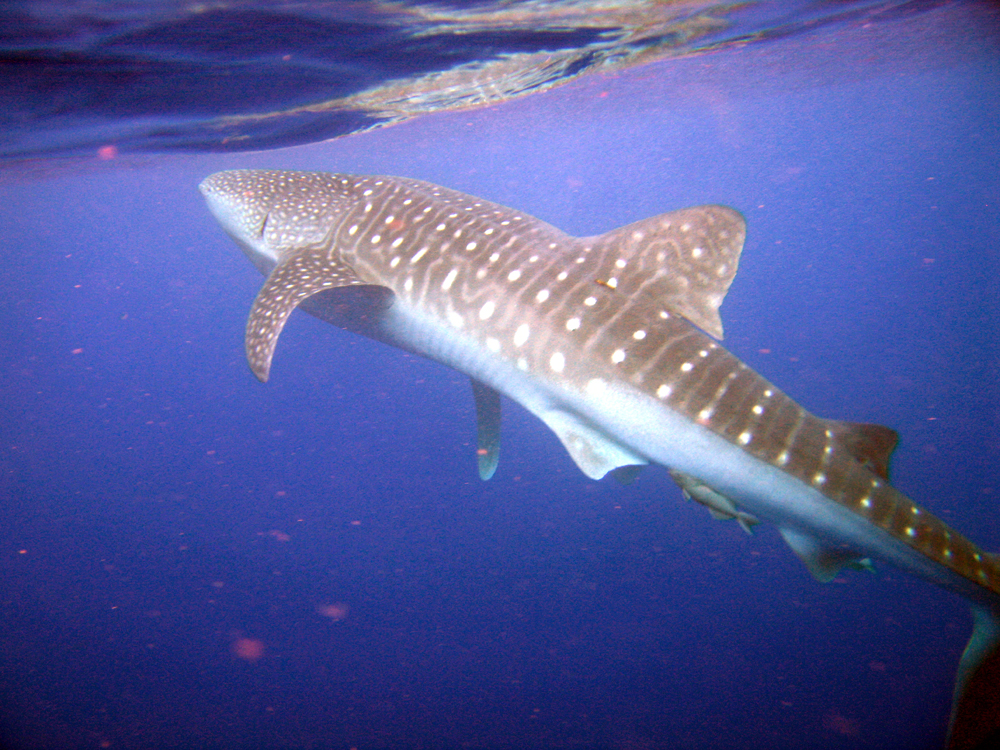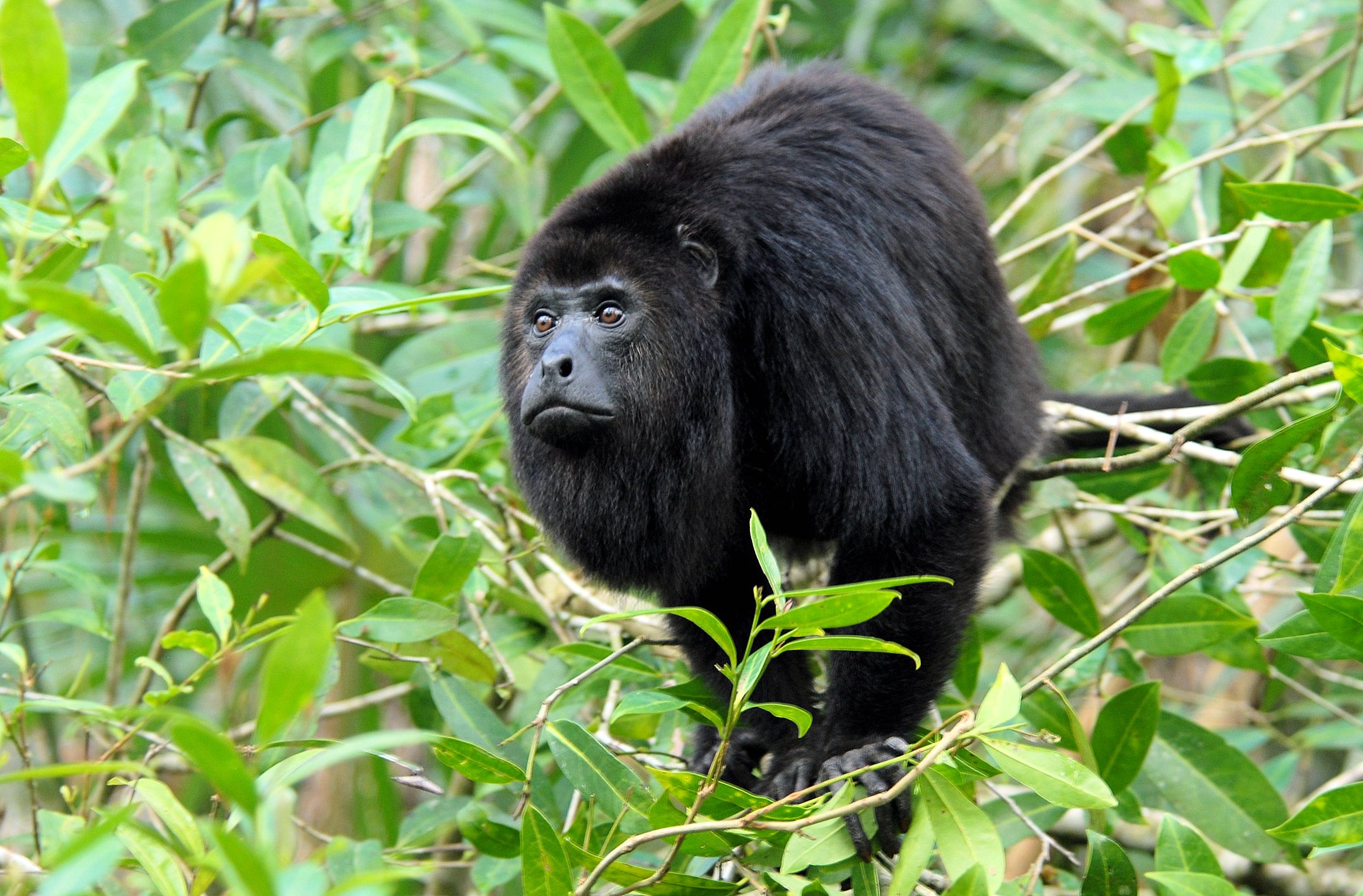|
Blepharidium
''Blepharidium'' is a monotypic genus of flowering plants in the family Rubiaceae. The genus contains only one species, viz. ''Blepharidium guatemalense'', which is native to Guatemala, Honduras and southern Mexico (Chiapas, Campeche, Tabasco). Older works might mention two species (viz. ''B. guatemalense'' and ''B. mexicanum''). Systematics ''Blepharidium'' was named by Paul Standley in 1918. The name is derived from the Ancient Greek words ''blepharitis'' or ''blepharidos'', meaning "on an eyelid". The similar term, ''blepharis'' means "an eyelash". A cladistic analysis of morphological characters found ''Blepharidium'' to be closely related to '' Cosmibuena'', ''Balmea ''Balmea'' is a monotypic taxon, monospecific genus of flowering plants in the family Rubiaceae containing the single species ''Balmea stormiae''. It is native to El Salvador, Guatemala and Mexico (Nayarit, Jalisco, Colima, Guerrero, Michoacán, ...'', and '' Hillia'', but a molecular phylogenetic ... [...More Info...] [...Related Items...] OR: [Wikipedia] [Google] [Baidu] |
Balmea
''Balmea'' is a monotypic taxon, monospecific genus of flowering plants in the family Rubiaceae containing the single species ''Balmea stormiae''. It is native to El Salvador, Guatemala and Mexico (Nayarit, Jalisco, Colima, Guerrero, Michoacán, Chiapas). It is locally known as ''ayuque''. It is conical in shape and used as a Christmas tree in parts of Mexico. Because populations are depleted by this overharvest, this species is threatened with extinction. Description The plant is a shrub of four to seven meters. The smooth, greenish purple bark peels off in irregular thin shreds. The hard wood is whitish. The broadly ovate and shortly acuminate leaves are clustered at the end of the branches. The shrub flowers from August to October and the hermaphroditic flowers are scarlet-red, tinged with purple. When fully open they turn dark purple and at night a sweet scent emanates from them. The fruits ripen from December to January and are erect capsules, about 25 mm long that open ... [...More Info...] [...Related Items...] OR: [Wikipedia] [Google] [Baidu] |
Paul Carpenter Standley
Paul Carpenter Standley (March 21, 1884 – June 2, 1963) was an American botanist known for his work on neotropical plants. Biography Standley was born on March 21, 1884, in Avalon, Missouri. He attended Drury College in Springfield, Missouri, and New Mexico State College, where he received a bachelor's degree in 1907, and received a master's degree from New Mexico State College in 1908. He remained at New Mexico State College as an assistant from 1908 to 1909. He was the assistant curator of the Division of Plants at the Smithsonian Institution, United States National Museum from 1909 to 1922. He wrote "Flora of Barro Colorado Island, Panama" in May 1927. In the spring of 1928, he took a position at the Field Museum of Natural History in Chicago, where worked until 1950. While at the Field Museum he did fieldwork in Guatemala between 1938 and 1941. After his retirement in 1950, he moved to the ''Escuela Agricola Panamericana'' in Honduras, where he worked in the library and he ... [...More Info...] [...Related Items...] OR: [Wikipedia] [Google] [Baidu] |
Plant Morphology
Phytomorphology is the study of the physical form and external structure of plants.Raven, P. H., R. F. Evert, & S. E. Eichhorn. ''Biology of Plants'', 7th ed., page 9. (New York: W. H. Freeman, 2005). . This is usually considered distinct from plant anatomy, which is the study of the internal structure of plants, especially at the microscopic level. Plant morphology is useful in the visual identification of plants. Recent studies in molecular biology started to investigate the molecular processes involved in determining the conservation and diversification of plant morphologies. In these studies transcriptome conservation patterns were found to mark crucial ontogenetic transitions during the plant life cycle which may result in evolutionary constraints limiting diversification. Scope Plant morphology "represents a study of the development, form, and structure of plants, and, by implication, an attempt to interpret these on the basis of similarity of plan and origin". There ar ... [...More Info...] [...Related Items...] OR: [Wikipedia] [Google] [Baidu] |
Flora Of Campeche
Flora (: floras or florae) is all the plant life present in a particular region or time, generally the naturally occurring ( indigenous) native plants. The corresponding term for animals is ''fauna'', and for fungi, it is ''funga''. Sometimes bacteria and fungi are also referred to as flora as in the terms ''gut flora'' or ''skin flora'' for purposes of specificity. Etymology The word "flora" comes from the Latin name of Flora, the goddess of plants, flowers, and fertility in Roman mythology. The technical term "flora" is then derived from a metonymy of this goddess at the end of the sixteenth century. It was first used in poetry to denote the natural vegetation of an area, but soon also assumed the meaning of a work cataloguing such vegetation. Moreover, "Flora" was used to refer to the flowers of an artificial garden in the seventeenth century. The distinction between vegetation (the general appearance of a community) and flora (the taxonomic composition of a community) was ... [...More Info...] [...Related Items...] OR: [Wikipedia] [Google] [Baidu] |
Flora Of Honduras
The flora and fauna of Honduras reflects the country's geographical location inside the tropics. This has allowed for diverse species of plants and animals to be adapted, but some of them are now in danger of extinction. This has posed the Honduran government, offices and nature organizations to look after the protection of the local environment, like the creation of nature reserves. Flora The flora of Honduras is varied. Pluvioselva, classified a tropical rain forest, is one of its most impressive vegetal populations. Ecologists designated it "Hygrophilous Megatherm Type", for corresponding to regions of high humidity and constant high temperatures, with a single dominant species, like pines or firs, covering big areas. The eastern part of the country, '' La Mosquitia'', has many creeper and climbing plants, such as lianas. There is a great variety of epiphytes, most strikingly the orchids. Adapted to the humid environment, trees are enormous and do not possess deep roots, b ... [...More Info...] [...Related Items...] OR: [Wikipedia] [Google] [Baidu] |
Flora Of Guatemala
According to ParksWatch and the IUCN, Guatemala is considered the fifth biodiversity hotspot in the world. The country has 14 ecoregions ranging from mangrove forest (4 species), in both ocean littorals, dry forests and scrublands in the eastern highlands, subtropical and tropical rain forests, wetlands, cloud forests in the Verapaz region, mixed forests and pine trees, pine forests in the highlands. Over one third of Guatemala (36.3% or about 39,380 km2) is forested (2005). About half of the forests (49.7% or roughly 19,570 km2) is classified as primary forest which is considered the most biodiversity, biodiverse forest type. Tree species include 17 conifers (pines, Cupressaceae, cypress, including the Endemic (ecology), endemic ''Abies guatemalensis''), the most in any tropical region of the world. Although Guatemala is covered greatly by forests, they still have a deforestation rate of 1.7%, showing that these areas are under a big threat. There have been many conve ... [...More Info...] [...Related Items...] OR: [Wikipedia] [Google] [Baidu] |
Rondeletia (plant)
''Rondeletia'' is a genus of flowering plants in the family Rubiaceae. It is endemic to the Neotropics.David J. Mabberley. 2008. ''Mabberley's Plant-Book'' third edition (2008). Cambridge University Press: UK. There are around 160 species.''Rondeletia'' At: World Checklist of Rubiaceae At: Kew Gardens Website. (see ''External links'' below). '' Rondeletia odorata'' is widely grown as an ornamental.George W. Staples and Derral R. Herbst "A Tropical Garden Flora" Bishop Museum Press: Honolulu (2005) Several other species are also known in cultivation.Anthony J. Huxley, Mark Griffiths, and Margot Levy (editors). 1992. ''The New Royal Horticultural Society Dictionary of Gardening.'' The Macmillan Press Limited, London; The Stockton Press, New York. (set) ''Rondeletia'' was named in 1753 by Linnaeus in his book, ''Species Plantarum''.''Rondeletia'' in International Plant Names Index. (see ''External links'' below).Carl Linnaeus. 1753. ''Species Plantarum'' 1: 172 (see External l ... [...More Info...] [...Related Items...] OR: [Wikipedia] [Google] [Baidu] |
Research
Research is creative and systematic work undertaken to increase the stock of knowledge. It involves the collection, organization, and analysis of evidence to increase understanding of a topic, characterized by a particular attentiveness to controlling sources of bias and error. These activities are characterized by accounting and controlling for biases. A research project may be an expansion of past work in the field. To test the validity of instruments, procedures, or experiments, research may replicate elements of prior projects or the project as a whole. The primary purposes of basic research (as opposed to applied research) are documentation, discovery, interpretation, and the research and development (R&D) of methods and systems for the advancement of human knowledge. Approaches to research depend on epistemologies, which vary considerably both within and between humanities and sciences. There are several forms of research: scientific, humanities, artistic, eco ... [...More Info...] [...Related Items...] OR: [Wikipedia] [Google] [Baidu] |
Molecular Phylogenetic
Molecular phylogenetics () is the branch of phylogeny that analyzes genetic, hereditary molecular differences, predominantly in DNA sequences, to gain information on an organism's evolutionary relationships. From these analyses, it is possible to determine the processes by which diversity among species has been achieved. The result of a molecular phylogenetic analysis is expressed in a phylogenetic tree. Molecular phylogenetics is one aspect of molecular systematics, a broader term that also includes the use of molecular data in taxonomy and biogeography. Molecular phylogenetics and molecular evolution correlate. Molecular evolution is the process of selective changes (mutations) at a molecular level (genes, proteins, etc.) throughout various branches in the tree of life (evolution). Molecular phylogenetics makes inferences of the evolutionary relationships that arise due to molecular evolution and results in the construction of a phylogenetic tree. History The theoretical fra ... [...More Info...] [...Related Items...] OR: [Wikipedia] [Google] [Baidu] |
Hillia (plant)
''Hillia'' is a genus of flowering plants in the family Rubiaceae. It has 24 species,''Hillia'' At: World Checklist of Rubiaceae At: Kew Gardens Website. (see ''External links'' below). all of which are native to the Neotropics.David J. Mabberley. 2008. ''Mabberley's Plant-Book'' third edition (2008). Cambridge University Press: UK. Taxonomy ''Hillia'' was named by Nicolaus Jacquin in 1760.''Hillia'' in International Plant Names Index. (see ''External links'' below).Nikolaus Joseph von Jacquin. 1760. ''Enumeratio systematica plantarum, quas in insulis Caribaeis vicinaque Americes continente detexit nouas, aut iam cognitas emandauit'' pages 3 and 18. (see ''External links'' below). It was named for the English botanist John Hill (1716-1775).Umberto Quattrocchi. 2000. ''CRC World Dictionary of Plant Names'' volume II. CRC Press: Boca Raton; New York; Washington, DC;, USA. London, UK. (vol. II). (see ''External links'' below). Jacquin named only one species, ''Hillia parasi ... [...More Info...] [...Related Items...] OR: [Wikipedia] [Google] [Baidu] |






